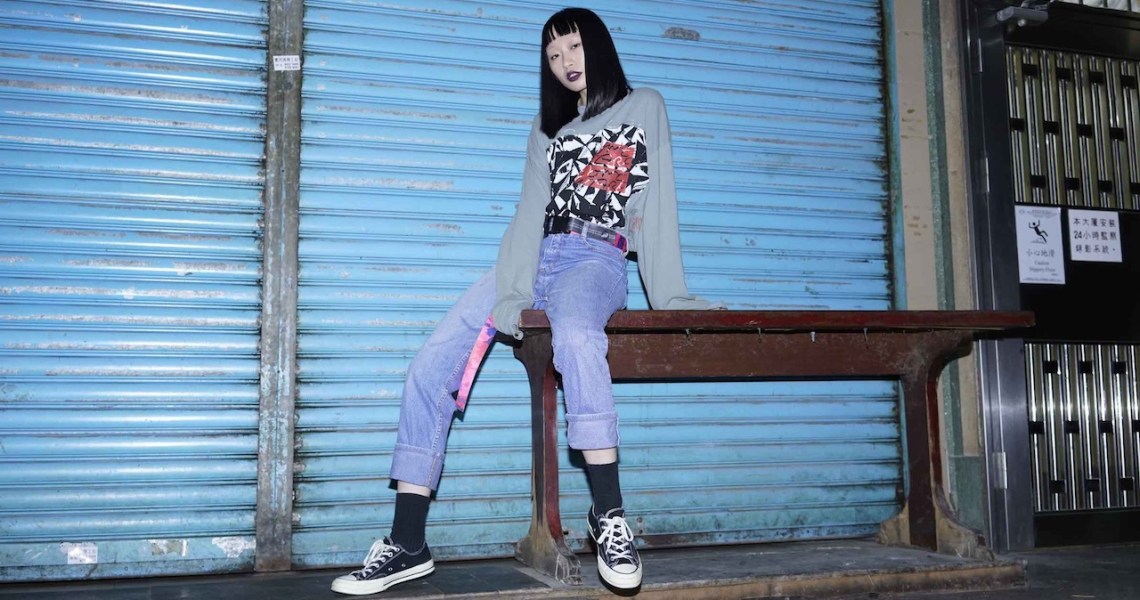As China overtakes the U.S. as the world’s largest fashion market, Western brands and companies are increasingly trying to get to grips with Tmall — the Alibaba-owned e-commerce platform that has revolutionized e-commerce in China over the past decade, now reaching over 721 million monthly customers across China.
In this new Glossy guide to Tmall, we examine the platform’s dominance on the world retail stage — from what brands have learned from selling there, to what’s fueling the site’s beauty boom, to how it made $30.8 billion in one day.
Glossy+ members can access the full report below. Non-members can subscribe here for instant access.
In the past 10 years, Taobao Mall has restructured, renamed itself after its domain name (tmall.com) and started introducing international vendors to its customer base (now over 600 million and counting) through a strict vetting process. Today, Tmall has cemented its position as a global e-commerce force — as of March 2019, it had 721 million monthly users, according to Alibaba.
China is now the world’s largest luxury market — according to McKinsey, Chinese luxury shoppers accounted for 32% ($115 billion) of global luxury spending in 2018.





